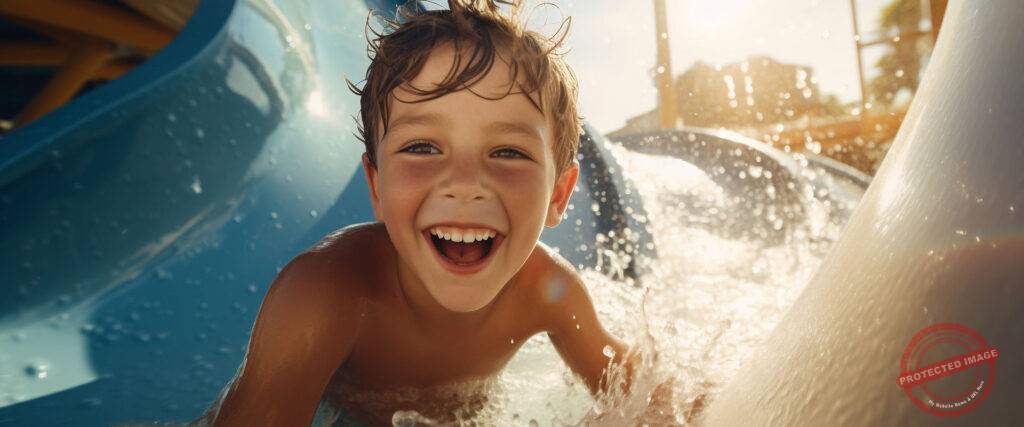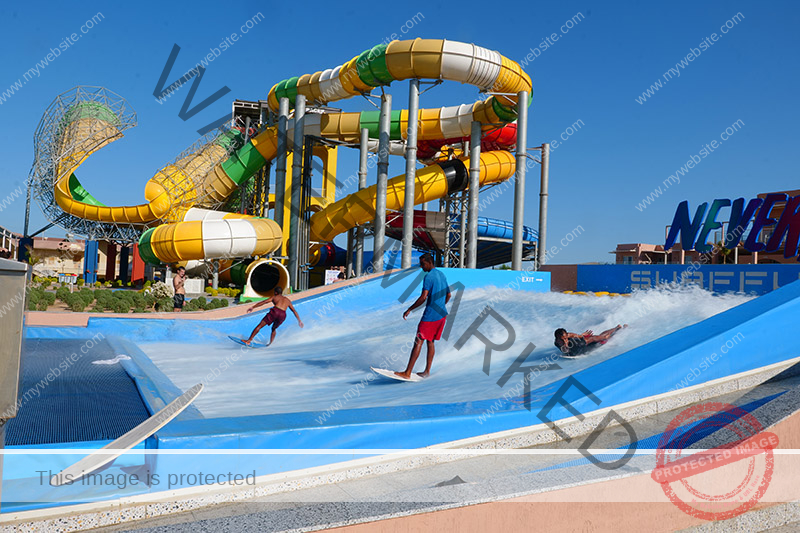Features of water park slides suitable for children
Key Features of Water Park Slides Designed for Children
Water park slides tailored for children prioritize safety, engagement, and age-appropriate thrills. These attractions are engineered to balance excitement with physical and emotional comfort, ensuring a memorable yet secure experience for young visitors. Below are the defining characteristics of child-friendly water slides.
Safety-Centric Design Elements
Child safety is the cornerstone of water slide development. Slides for younger users feature gentle slopes and gradual curves to prevent high-speed collisions or disorientation. For example, spiral slides with wider diameters allow children to maintain balance while reducing the risk of falls. Enclosed tube slides often incorporate transparent sections, enabling parents or guardians to monitor progress from outside.
Materials play a critical role in safety. Non-toxic, anti-slip surfaces minimize injuries from accidental slips, while rounded edges and seamless joints eliminate sharp points. Structural integrity is another priority; slides are reinforced to withstand frequent use without bending or cracking, even under heavy foot traffic.
Height and Weight Restrictions
Clear signage indicating age, height, and weight limits ensures children are matched with suitable slides. Shorter slides with shallow landing pools cater to toddlers, while slightly taller options with moderate drops appeal to older kids. These guidelines prevent overexertion or fear-induced panic during play.
Emergency Features
Quick-access exits and soft landing mats are standard in child-focused slides. Some designs include emergency stop mechanisms controlled by staff, allowing immediate halts if a child becomes stuck or distressed.
Age-Appropriate Stimulation and Fun
Child-friendly slides blend physical activity with imaginative play. Themed designs, such as animal-shaped slides or those resembling pirate ships, spark creativity and make the experience feel like an adventure. Bright colors and interactive elements—like water jets or musical effects—further engage young minds.
Multi-Sensory Experiences
Slides with varying textures, such as ribbed surfaces or gentle bumps, provide tactile feedback that enhances sensory development. Some incorporate sound effects, like splashing noises or animal calls, to create a more immersive environment.
Social Interaction Opportunities
Double-lane slides or group racing tracks encourage cooperative play, helping children build social skills while competing in a friendly setting. Shared landing areas with shallow water allow kids to splash and play together after the ride.
Accessibility and Inclusivity
Modern water parks strive to accommodate children of all abilities. Slides with ramps instead of stairs ensure wheelchair users or those with mobility challenges can participate independently. Handrails and non-slip steps assist children with balance issues, while visual cues like colored footprints guide them safely to the top.
Adaptive Designs
Some slides feature adjustable water flow, allowing staff to reduce speed for nervous first-time riders or increase it for confident older children. This flexibility ensures the attraction remains engaging as kids grow and their comfort levels evolve.
Quiet Zones and Shade
Recognizing that some children may feel overwhelmed by noise or crowds, parks often position slides near shaded rest areas. These spaces provide a calm environment for kids to recover between rides, reducing anxiety and fatigue.
By integrating these features, water parks create slides that are not only safe but also enriching and enjoyable for children. Thoughtful design ensures that every aspect—from materials to layout—supports young users’ physical, emotional, and social well-being.

